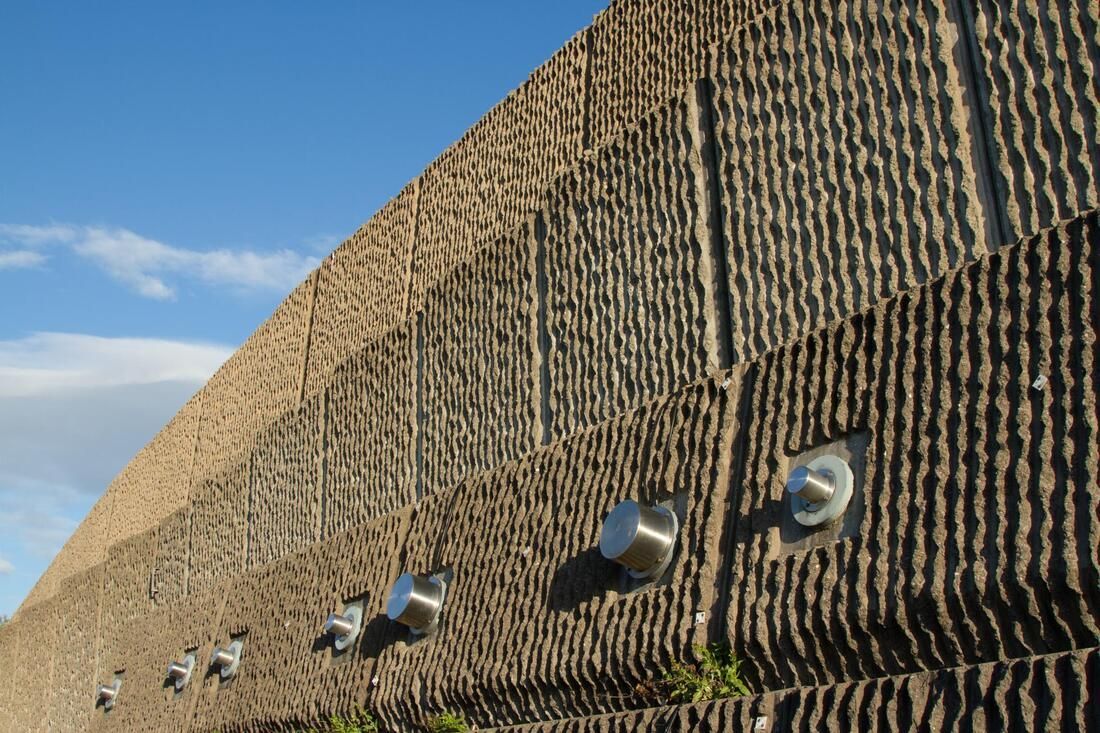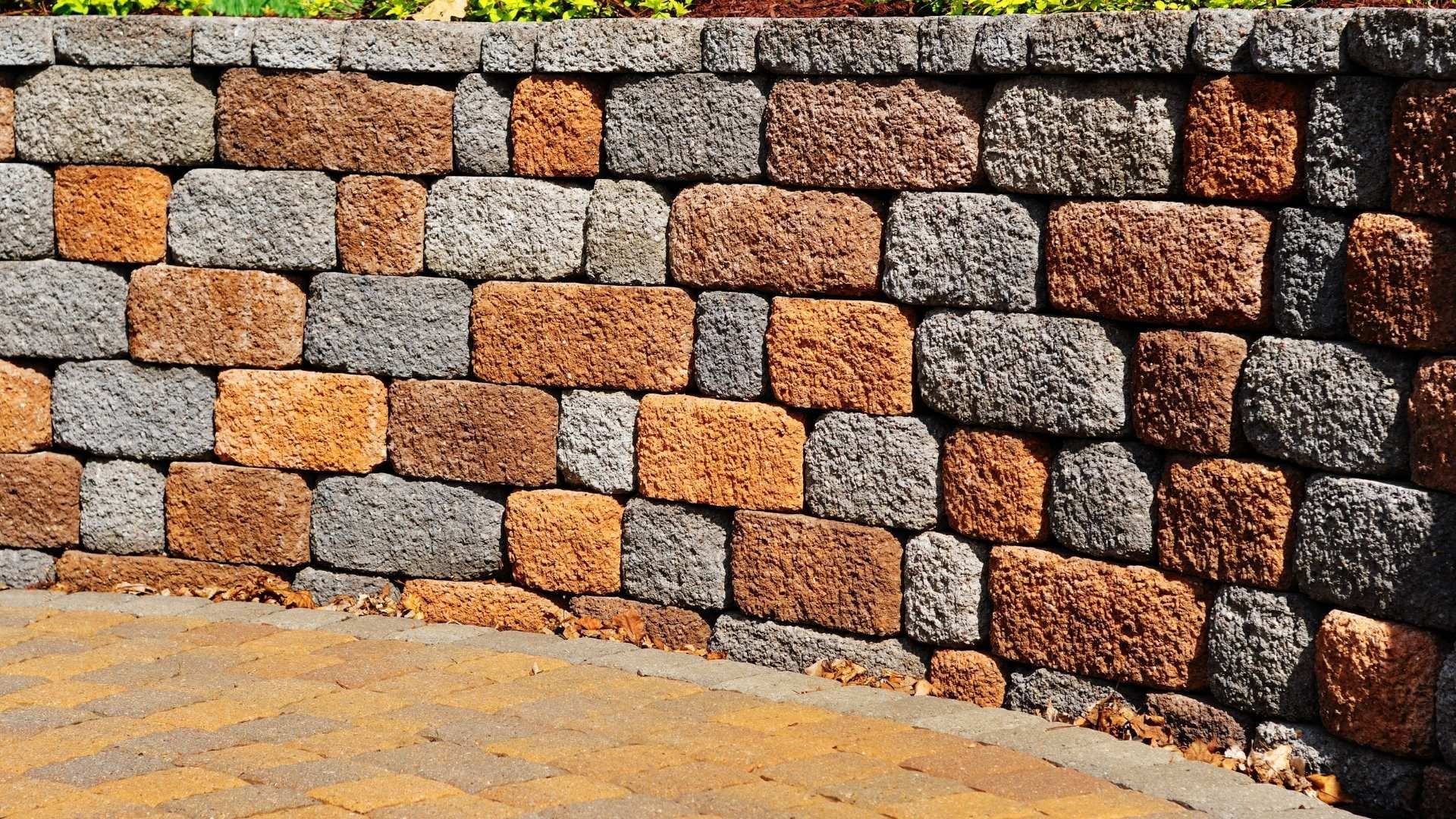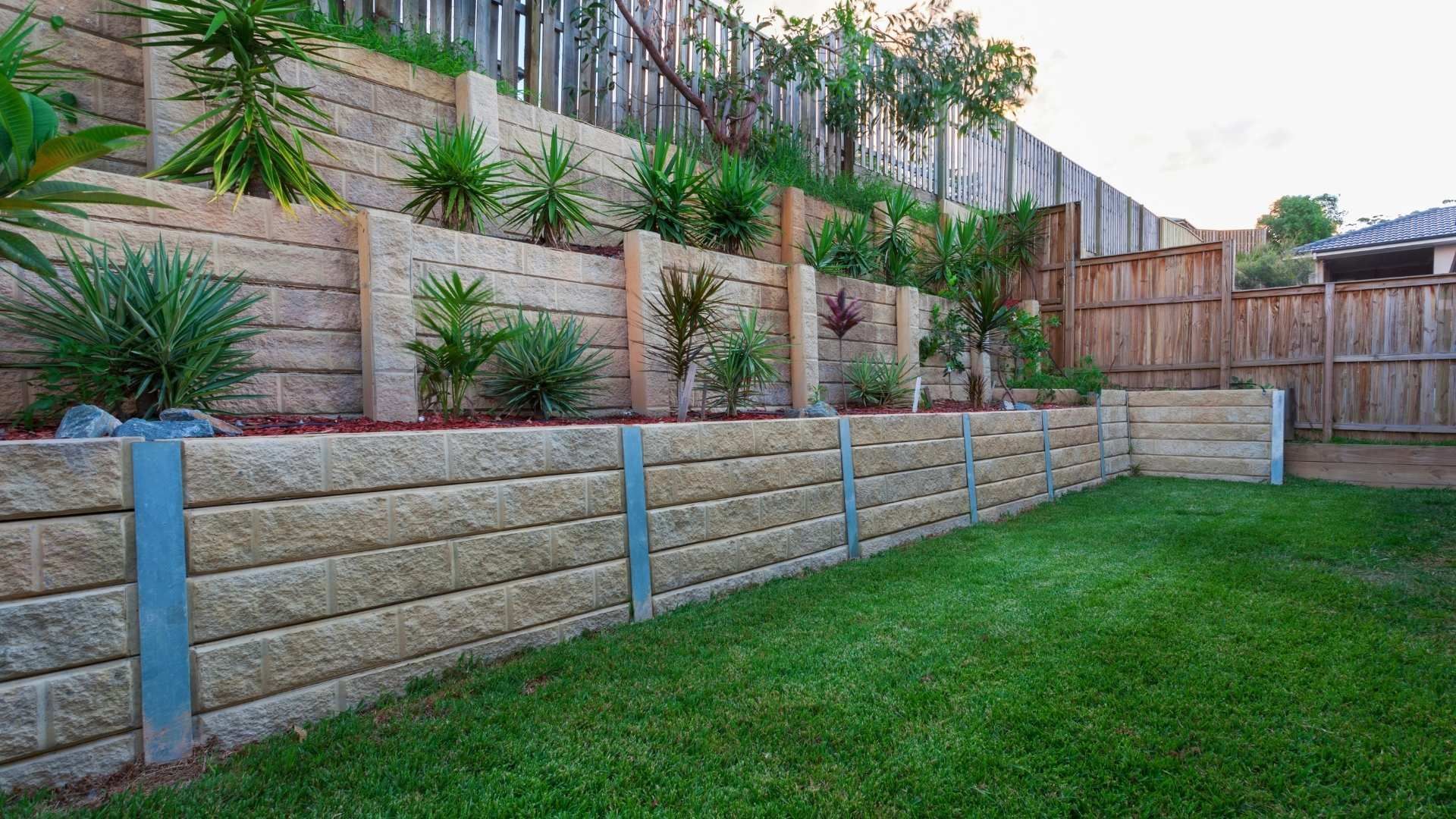Retaining Walls
Home | Retaining Walls
Retaining Wall Construction & Repair

Retaining walls are used to hold back land and soil from encroaching or falling onto adjacent land. This can be very useful when constructing anything on, or near a hill or raised earth and it can help provide level ground to work from or stop the nearby earth caving in on top of it! They are most commonly seen beside roads that head through hilly areas. Retaining walls can also be used to create natural looking features in gardens and on property lines that can look quite stunning. You can speak to one of our Glendale Concrete Pros if you think you would need or like to use a retaining wall.
Different Types of Retaining Wall
There are a few different types of retaining wall used in different circumstances. The first being a gravity wall, that simply uses its own weight to hold back the earth behind it. Piling walls can be much thinner than gravity walls as the walls are driven deep into the ground, allowing the tensile strength of the wall to support the earth, rather than relying on its weight. Cantilever walls are similar to gravity walls however they have a longer base that protrudes into the earth it is holding back, allowing the weight of the ground to help hold it back. The 4th most common type is an anchored wall, using cables or expanding anchors driven into the earth or rock, to keep itself in place. There are other, less common types of retaining wall including the sheet piling wall and the bored pile wall. These are more applicable in large-scale operations, particularly in mining and drilling projects.
FREE INSTANT QUOTE
Enter Your Info Below

Materials to build a Retaining wall
Depending on your budget and if there is an aesthetic reason for building your retaining wall, there are many different types of materials that can be used. A very common type is concrete, which may be rendered to look nicer around houses and businesses. It is not uncommon to see retaining walls made of timber, treated pine or even railway sleepers! Brick, concrete blocks and natural stone can all make astounding retaining feature walls as well. Talk to one of our Glendale Concrete Pro team to see which material suits your needs best!
The difference in price
Depending on what your needs are for your retaining wall, the costs will vary. More attractive materials will cost more, so in locations that are out of sight, resorting to simple timber may be your easiest option. Other options include having a cheaper material as the retaining wall itself, with a veneer of a nicer looking material.
Using a Retaining Wall and water
When using a retaining wall, certain measures have to be taken to stop water from damaging the wall. Things like ensuring there is adequate draining for water to escape. One ideal solution is to have a mix of sandy soil or small rocks behind the wall to allow the water to drain.


